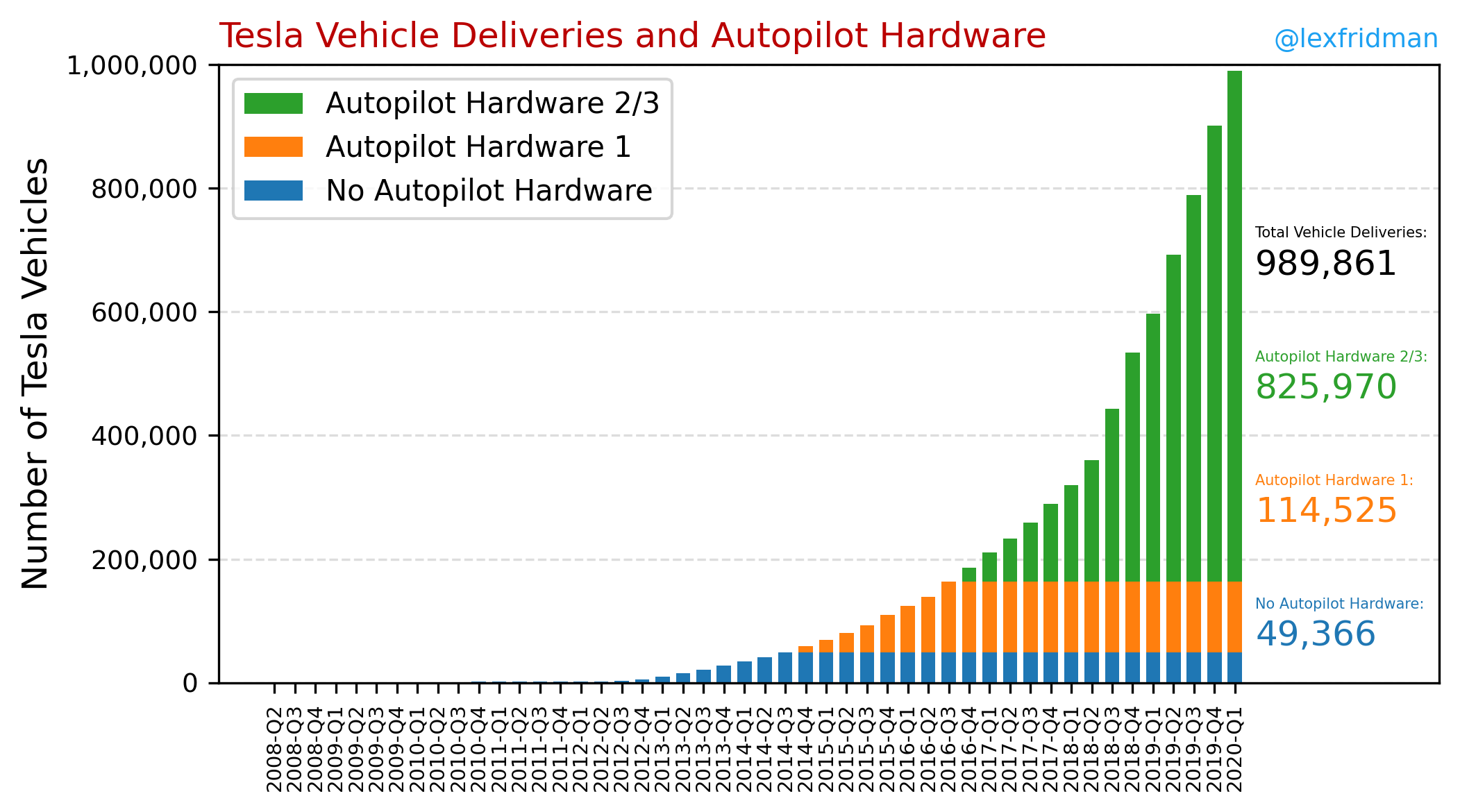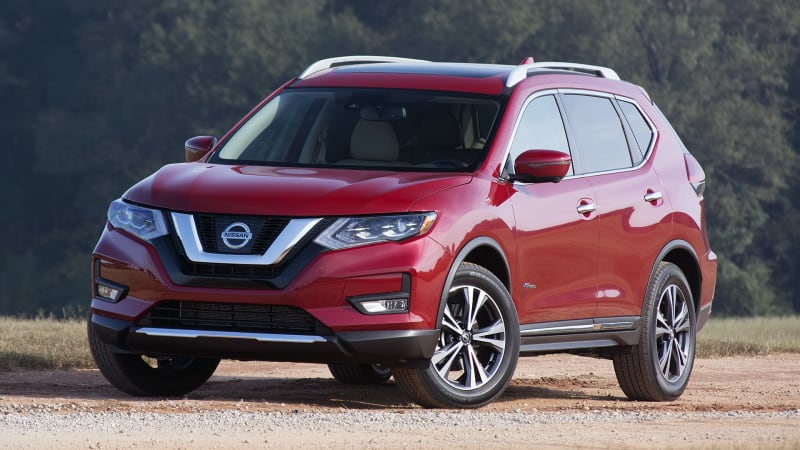You seem to be focused on these Nissan stats like they're a rationalization for phantom braking in Teslas because there have been worse occurrences in the past
On the contrary- I'm using them to point out what a
real safety defect looks like.
Far as we can tell reported accidents, from a fleet 1-4 times the size over the same period of time, has resulted in roughly 4-8x fewer complaints of even just unexpected braking at all, and infinity percent fewer accidents as NHTSA has had 0 reported... (and nobody has found any even anecdotal stories of actual accidents besides one 3rd party reddit post).
Was phantom braking worse in general back in 2017-2018? Tesla barely had 550,000 vehicles on roads across the world by the very end of 2018, so the sheer number of Nissans driving when the technology was in a less polished state could be a contributing factor.
Uh....it was the same # of nissans as Teslas at that time.
And yet Nissan had a bunch of accidents and 800+ NHTSA reports of problems.
Now we have the tech in 2022, and there seems to be a big uptick in reports across the Tesla models right now.
Again this is [B}grossly[/B] exaggerated by the November (just after the AEB phantom braking recall) number.
And even THEN the
peak number was.... 51 complaints.
This dropped almost in half over the following 2 months.
Or to put it another way- in 2021 Tesla had 3-4x the fleet size Nissan did in 2019.
And yet even with this HUGE SURGE in reports, ended 2021 with roughly [B}8 times fewer complaints[/B} than Nissan had.
And again- 100% less actual accidents reported to NHTSA.
But there have not been 2million Tesla vehicles logging AP miles over the last five years and that's not how the regulators would look at it. They see a concerning trend
You keep claiming this.
And yet there's no open investigation by NHTSA on the issue. Even months after the one "surge" month, with complaints having dropped lower since then.
So it doesn't seem to be true.
So why keep claiming it?
as Tesla is massively ramping up deliveries, and concerning trends like this tend to precede worse outcomes.
Except the trend is
down in the months following the big November pop after the recall.
And # of NHTSA reported accidents (ie actual outcomes in real life) is also still... 0.
Not very concerning it seems.
if the problem was significant, and was had been ongoing for a long while, and would get worse with fleet size, why wouldn't it keep going up?
(and why would it have "surged" coincidentally right after there was an ACTUAL defect that was already corrected)? What OTHER than the recall magically happened in October to cause a SURGE in reports?
Based on the numbers of reports I'm seeing on Tesla vehicles posted to the NHTSA website in the last week alone, I'd expect those cited numbers to go much higher. We might see an update in the media next week as people watching this start counting up the February reports,
This is an interesting point- because now that it's in the press, it's worth noting NHTSA doesn't verify the reports are from actual owners when filed.
And Tesla has been known to have false reports by non-owners filed to increase bad publicity.
So it might well be what's happening here.
In case you weren't aware this happens a lot-
Following reports of the National Highway Traffic Safety Administration (NHTSA) probing Tesla over a possible problem with the Model S’...

electrek.co
That's from 2016.
Where a single guy, who doesn't appear to own a Tesla at all, turned out to have filed 37 out of the 40 complaints against Tesla for a specific suspension safety issue. Which NHTSA -did- investigate. And found no actual safety issue.
According to an email obtained by Electrek, Elon Musk shared with Tesla employees a report from last week that shows most NHTSA...

electrek.co
That's a story from 2018.
It mentions "After a review of hundreds of Tesla customer complaints filed with NHTSA since 2016 through present day in 2018, I can confirm at least two-thirds of them are fake"
Most of the fake complaints weren't even that hard to recognize, being posted by the same sources without valid VINs, often signed the same way...in some case cases with the author admitting they don't even own the car.
Again until there's any evidence of reported
actually happened accidents I don't expect an sort of actual action/investigation by NHTSA.
Because right now all evidence is it's perhaps an annoyance, but not an actual safety defect.[/QUOTE]







